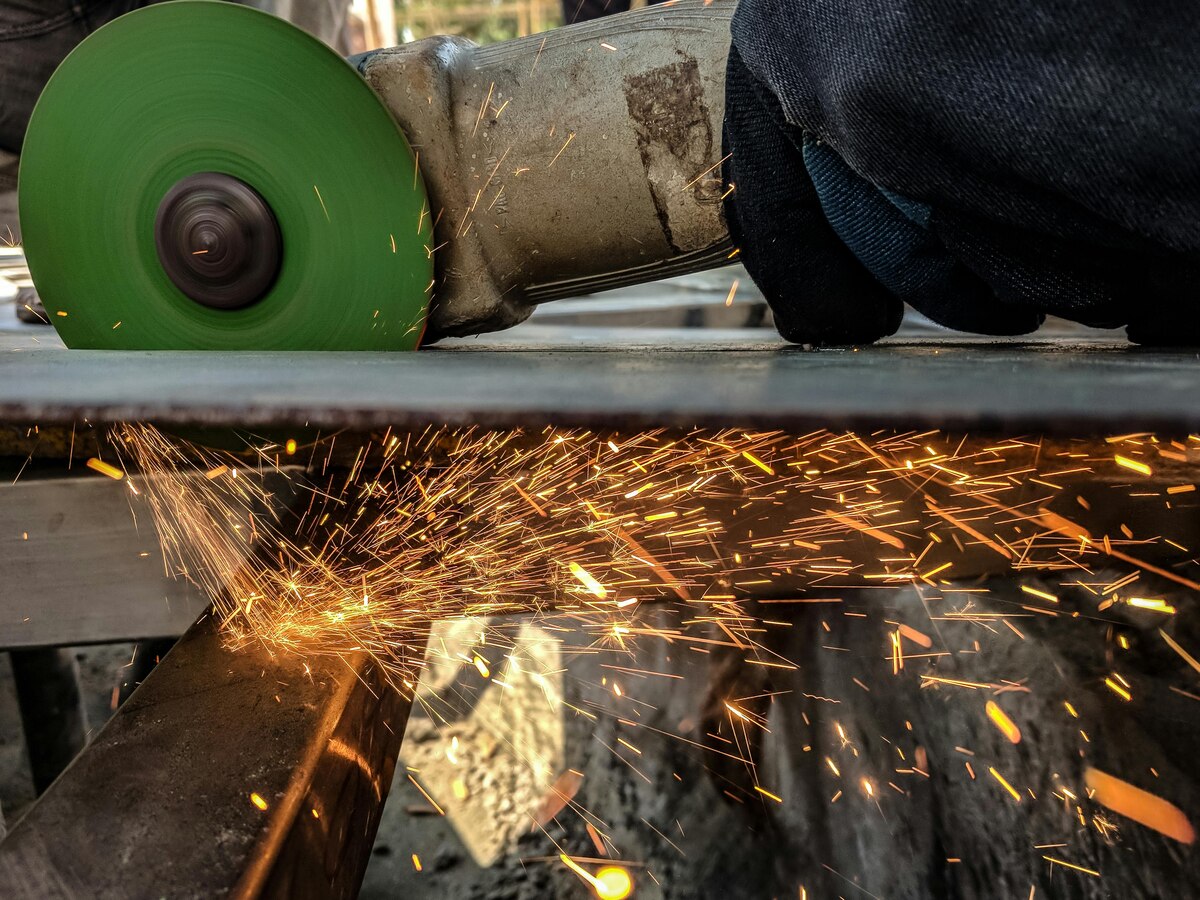 Topic Cluster Planning – Boost Topical Authority Like a Pro!
Topic Cluster Planning – Boost Topical Authority Like a Pro!
Hexagonal Boron Nitride Market: Current Landscape and Future Outlook
Written by santosh kumar » Updated on: June 17th, 2025

The Hexagonal Boron Nitride Market has emerged as a critical segment within advanced materials due to its unique properties and applications across various industries. Known for its excellent thermal conductivity, electrical insulation, chemical stability, and lubricating properties, h-BN is often termed as ‘white graphite’ for its resemblance to graphite’s layered structure. In this blog, we will delve into the current status of the hexagonal boron nitride market, key trends, growth drivers, challenges, and future prospects.
Overview of Hexagonal Boron Nitride Market
Hexagonal boron nitride is a synthetic ceramic compound with the chemical formula BN. It consists of boron and nitrogen atoms arranged in a hexagonal lattice structure, giving it similar properties to graphite but with added advantages such as high thermal stability and resistance to oxidation. Its physical appearance is usually a white or slightly off-white powder.
h-BN’s unique properties have spurred its adoption in a variety of industries, including electronics, metallurgy, aerospace, and cosmetics. It is particularly valued in applications that require thermal management, lubrication, and electrical insulation. The global market for hexagonal boron nitride has witnessed significant growth in recent years, with expectations for continued expansion as new applications and technologies emerge.
Key Properties Driving Market Growth
Several properties of hexagonal boron nitride contribute to its increasing market demand:
Thermal Conductivity and Electrical Insulation: h-BN is an exceptional thermal conductor while being an electrical insulator, making it ideal for applications in electronics, such as heat sinks and substrates for semiconductors.
Chemical Stability: The compound exhibits high chemical stability, making it suitable for use in harsh environments, such as metallurgical processes and high-temperature applications.
Lubricating Properties: h-BN’s low coefficient of friction allows it to be used as a lubricant in various industrial processes where extreme temperatures and conditions prevail.
Non-toxicity: Its biocompatibility has opened up applications in the cosmetics and personal care industry as a safe and effective additive in products like skin creams and powders.
Applications of Hexagonal Boron Nitride
Electronics and Semiconductor Industry: The demand for h-BN in the electronics industry has surged due to its effective heat dissipation capabilities. As devices become more compact, efficient heat management solutions are crucial, positioning h-BN as an indispensable material.
Aerospace and Defense: h-BN’s thermal stability and chemical inertness make it a suitable material for aerospace components that must withstand extreme temperatures and environmental conditions.
Cosmetics: In the cosmetics industry, h-BN is used as an additive to enhance the texture and durability of products, providing a silky feel and acting as a binding agent.
Lubricants and Coatings: Its lubricating properties are utilized in the production of high-temperature-resistant coatings and as an additive in lubricants for heavy machinery.
Metallurgy: h-BN is used as a release agent and protective coating in various metallurgical processes to prevent molten metals from adhering to molds and dies.
Market Dynamics
Growth Drivers
Increasing Demand in Electronics: The exponential growth of the electronics industry, driven by advancements in consumer electronics and the development of high-performance computing systems, is a major factor fueling the demand for h-BN. Its role in thermal management solutions is critical to the development of smaller, more efficient devices.
Rising Industrial Applications: The use of h-BN as a high-performance lubricant and release agent in heavy industries has contributed significantly to its market growth.
Advancements in Nanotechnology: The development of boron nitride nanotubes and other nanostructured materials is opening up new opportunities for h-BN. These advancements can potentially enhance its mechanical properties, leading to more robust applications in various fields.
Challenges
High Production Costs: One of the primary challenges facing the h-BN market is the cost of production. The process of synthesizing high-purity h-BN involves complex and energy-intensive steps, which can impact profitability and market accessibility.
Limited Availability of Raw Materials: The availability of high-quality boron sources is essential for producing h-BN. Geopolitical and environmental issues affecting the mining of boron can pose a constraint on market growth.
Competition from Alternative Materials: While h-BN holds unique advantages, other materials, such as graphene and various ceramics, can offer similar properties in certain applications. This competition can influence market adoption rates.
Regional Insights
North America
North America is a major market for h-BN, driven by robust demand from the electronics, aerospace, and defense sectors. The region’s emphasis on technological advancements and the presence of key players in the semiconductor industry have bolstered market growth.
Europe
Europe is witnessing steady growth, particularly due to applications in high-performance coatings and lubricants used in automotive and industrial machinery. Additionally, research and development efforts in advanced materials are propelling the market forward.
Asia-Pacific
The Asia-Pacific region is expected to see the highest growth due to the rapid expansion of the electronics and semiconductor industries in countries like China, Japan, and South Korea. The growing focus on energy-efficient technologies and thermal management solutions in these countries has significantly increased demand for h-BN.
Rest of the World
Regions such as Latin America, the Middle East, and Africa are gradually adopting h-BN technology, particularly for industrial and metallurgical applications. However, the market is still in a nascent stage in these areas due to lower levels of industrialization and technological adoption.
Competitive Landscape
The hexagonal boron nitride market is characterized by a mix of established players and emerging companies. Key players include:
Saint-Gobain: A leading name in advanced materials, known for its high-quality h-BN products used in various industries.
3M Company: Utilizes its strong research capabilities to develop innovative h-BN applications.
Kennametal: Known for its industrial products, including cutting tools that incorporate h-BN for enhanced performance.
ZYP Coatings Inc.: Specializes in high-temperature coatings using h-BN as a key component.
Future Outlook
The hexagonal boron nitride market is poised for substantial growth over the next decade. The increasing push for energy-efficient and high-performance materials across industries will continue to drive demand. Emerging applications in nanotechnology and the potential use of h-BN in quantum computing and advanced thermal management solutions are likely to unlock new opportunities. However, overcoming challenges related to production costs and material sourcing will be crucial for sustained growth.
Conclusion
The hexagonal boron nitride market holds promising prospects, backed by its unique properties and expanding applications across various industries. With continuous advancements in technology and growing adoption in high-performance applications, h-BN is set to play an integral role in shaping the future of advanced materials. Addressing cost challenges and ensuring a stable supply chain will be vital for market participants looking to harness the full potential of this versatile material.
Note: IndiBlogHub features both user-submitted and editorial content. We do not verify third-party contributions. Read our Disclaimer and Privacy Policyfor details.
Men's Journal is a rugged and refined lifestyle adventure travel, food and drink Get in touch [email protected] to find out how we can help you reach everyday, affluent, and adventure seeking consumers on Men's Journal
Copyright © 2019-2025 IndiBlogHub.com. All rights reserved. Hosted on DigitalOcean for fast, reliable performance.













